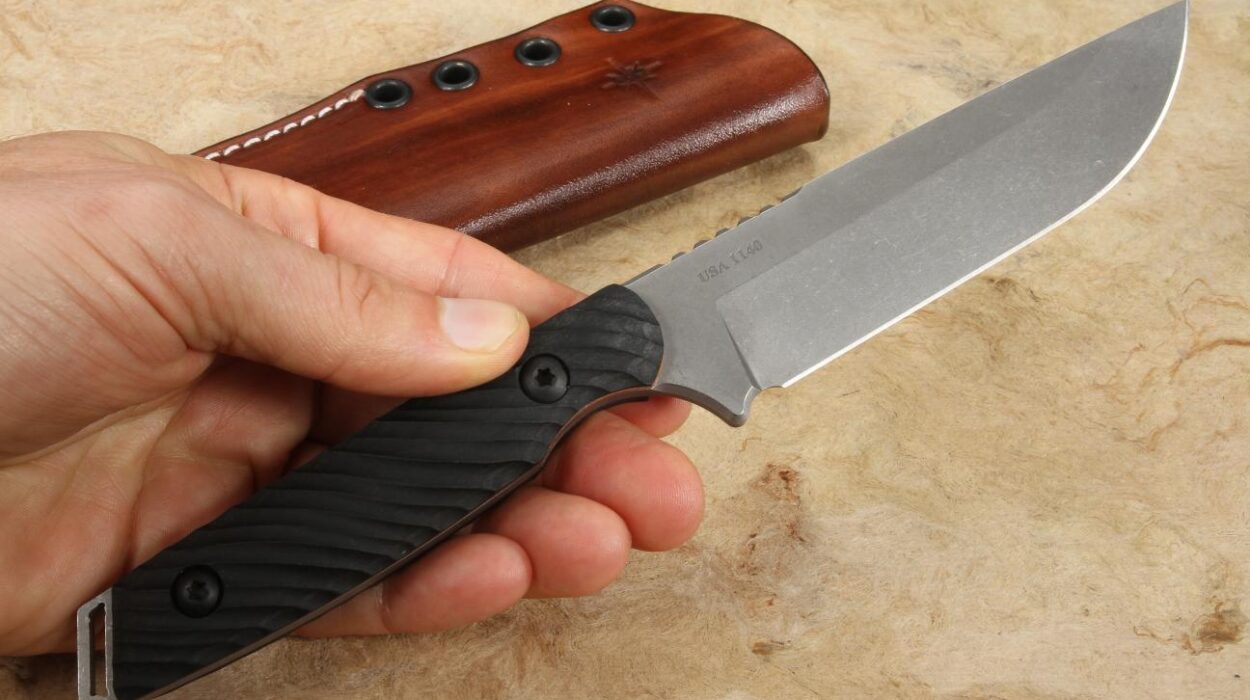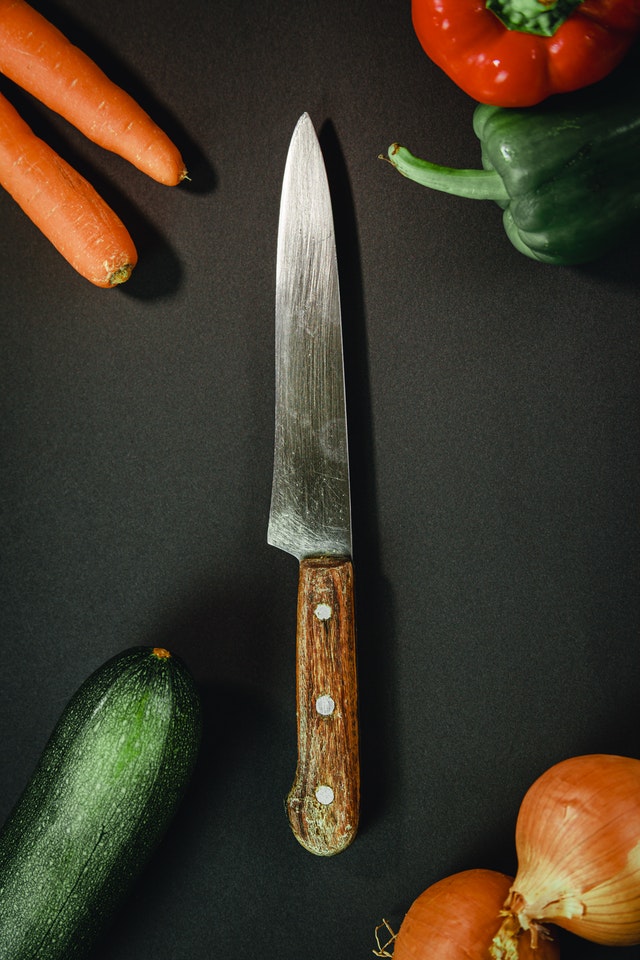When it comes to preserving the quality and performance of your knives, maintaining the handle of a fixed blade knife is just as crucial as caring for the blade itself. Whether you’re a kitchen professional or an outdoor enthusiast, understanding the importance of handle maintenance can significantly extend the life of your knife. Fixed blade knives are renowned for their durability and strength, making them a favorite among many. However, neglecting the handle can lead to wear and tear, affecting the overall functionality of the knife.
In this comprehensive guide, we delve into the essential practices for maintaining the handle of a fixed blade knife, ensuring that it remains in top condition for years to come. From cleaning techniques to storage tips, we’ll cover everything you need to know to keep your knife’s handle in pristine condition.

Understanding the Importance of Handle Maintenance
Before diving into the specifics of handle maintenance, it’s essential to understand why it’s necessary. The handle of a fixed blade knife is the point of contact between you and the tool. A well-maintained handle not only enhances grip and comfort but also ensures safety during use. Over time, exposure to moisture, oils, and other elements can degrade the handle material, leading to cracks or breaks. Regular maintenance helps prevent these issues, preserving the integrity and performance of your knife.
Choosing the Right Materials for Your Knife Handle
The type of material used for a knife handle plays a significant role in its maintenance. Common materials include wood, plastic, rubber, and composite. Each material has its characteristics and maintenance requirements. For instance, wooden handles may require regular oiling to prevent drying and cracking, while plastic handles are generally more resistant to moisture but may need cleaning to remove dirt and grime.
Wooden Handles
Wooden handles are aesthetically pleasing and offer a natural grip. However, they are susceptible to moisture and temperature changes. To maintain a wooden handle, apply mineral oil or beeswax regularly to keep it hydrated. Avoid soaking the handle in water, as this can cause swelling and cracking.
Plastic and Composite Handles
Plastic and composite handles are known for their durability and ease of maintenance. Regular cleaning with mild soap and water is usually sufficient. Avoid using harsh chemicals, as they can degrade the material over time.
Cleaning Techniques for Knife Handles
Regular cleaning is a fundamental aspect of knife handle maintenance. After each use, wipe down the handle with a damp cloth to remove any residue or dirt. For more thorough cleaning, use a mild detergent and warm water. Be sure to dry the handle completely to prevent moisture buildup, which can lead to mold or mildew.
Proper Storage of Fixed Blade Knives
Storing your fixed blade knife correctly is crucial for maintaining both the blade and handle. Store knives in a dry, cool place away from direct sunlight. Consider using a knife block or sheath to protect the blade and handle from damage. Ensure that the knife is completely dry before storage to prevent rust and handle degradation.
Regular Inspection and Maintenance
Routine inspection is vital for identifying potential issues early. Check the handle for any signs of wear, such as cracks or loose fittings. Tighten any loose screws or rivets to ensure the handle remains secure. Regular maintenance not only extends the life of your knife but also enhances its performance and safety.
Addressing Common Handle Problems
Despite best efforts, handle issues can still arise. Common problems include cracking, loosening, and discoloration. If you notice any of these issues, address them promptly. For cracks, apply wood glue or epoxy to prevent further damage. If the handle is loose, tighten any adjustable parts. For discoloration, a gentle scrub with a baking soda paste can help restore the original appearance.
Enhancing Grip and Comfort
The comfort and grip of a knife handle significantly impact its usability. To enhance grip, consider adding a rubber sleeve or using grip tape. These additions provide extra traction and comfort, reducing hand fatigue during extended use.
The Role of Environmental Factors
Environmental factors such as humidity and temperature can affect the durability of your knife handle. High humidity can cause wooden handles to swell, while extreme temperatures can lead to cracking. To mitigate these effects, store your knives in a controlled environment and use protective measures such as handle oils or covers.
Why Regular Maintenance Matters
Regular maintenance is not just about preserving aesthetics; it directly impacts the functionality and safety of your knife. A well-maintained handle ensures a secure grip, reducing the risk of accidents during use. Additionally, it enhances the overall longevity of the knife, making it a reliable tool for years to come.
Integrating Maintenance into Your Routine
Incorporating handle maintenance into your routine doesn’t have to be time-consuming. Set aside a few minutes after each use for cleaning and inspection. Regular maintenance becomes second nature with consistent practice, ensuring your knife remains in optimal condition.
Learning from Experts
For additional tips and techniques on knife care, consider consulting with experts or joining community forums. Sharing experiences and knowledge with fellow knife enthusiasts can provide valuable insights into maintaining and improving your knife’s performance.
Conclusion
Maintaining the handle of a fixed blade knife is an essential practice for anyone who relies on this versatile tool. By understanding the importance of handle care and implementing regular maintenance routines, you can ensure your knife remains a dependable companion, whether in the kitchen or the great outdoors. For further reading on fixed blade knives, visit What is a Fixed Blade Knife.

FAQs
1. How often should I oil a wooden handle?
It’s recommended to oil a wooden handle every few months or whenever it appears dry. This helps prevent cracking and maintains the wood’s natural luster.
2. Can I use household cleaning products on my knife handle?
While some mild household cleaners can be used, it’s best to avoid harsh chemicals as they can damage the handle material over time.
3. What should I do if my handle becomes loose?
If your knife handle becomes loose, check for any screws or rivets that may need tightening. If the issue persists, consider consulting a professional for repair.
This article contains affiliate links. We may earn a commission at no extra cost to you.


